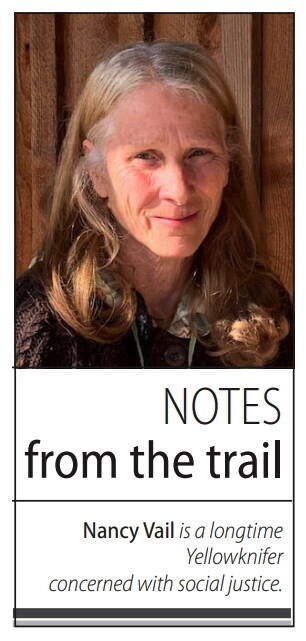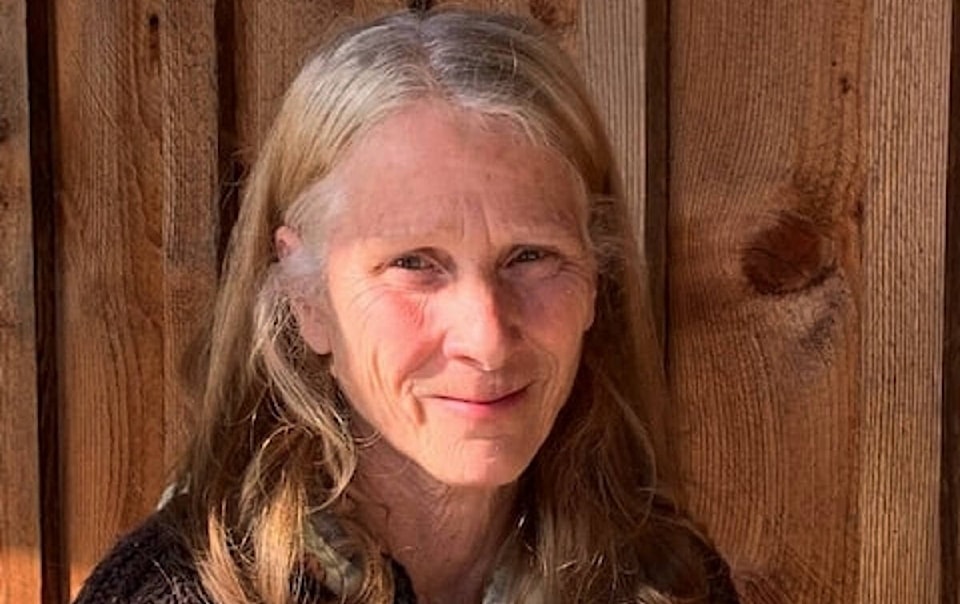It hit 30 C or higher in many parts of the North last week. On Monday, temperatures in both Norman Wells and Fort Good Hope exceeded 37 C. We’ve seen these extreme temperatures increasing in frequency in the last few years. But this year, they started earlier and hit record highs faster.
We’ve already been warned about the deadly fire season that lies ahead and have had two evacuations caused by fire or smoke — one in Hay River and now seniors and children are being airlifted out of Tulita. In addition, we are learning that city planners were woefully unprepared to deal with the sun-related effects of climate change.

The cold we tried to prepare for but extreme sun and heat were simply not on our radar — not here in the Arctic.
As we move around the city, we notice that the shady spots where we can rest are sparse. We were so busy focusing on how to stay warm, we forgot shelter may be needed from its opposite: how to keep cool.
When we drive to the grocery story, or anywhere else where we may need to park for any of length of time, we have to take our children in with us and ensure our animals are left at home. There are only a handful of shady areas where we can leave our vehicles under trees.
Keeping our cool is new territory for us.
Even in one of our favourite hangouts, Somba K’e Park, there is a collection of fledgling trees (replaced with curious frequency) that provide a little refuge from the sun. Visitors seek relief in the shadows of the buildings themselves because adequate protection generally provided by trees and bushes has not been part of the design plan. Traditionally, we ere thinking about staying safe from snow and ice; not long periods of extensive sunlight. This will be the new norm and must be taken into account with any new plans going forward.
All of this emphasizes the need for robust green space.
Many of us came north after living in southern concrete jungles and know that these layouts only held the heat, making city life excruciating during peak heat seasons. Preserving green space so it can protect us is both a physical and mental health issue.
Like extreme cold weather, hot weather kills — as was evidenced by the 600 people who lost their lives under the heat dome which surrounded British Columbia a few years ago. With the rapid pace of global warming, felt especially here in the North, that could soon be our reality too.
Climate change is the ultimate game changer affecting everything from our fossil fuel consumption and use of plastics to how we design our communities. We can no longer eliminate Mother Nature from our designs to maximize urban congestion.
Instead, we must preserve and protect green space to find shelter from the sun and facilitate the removal of carbon dioxide from our skies. The very thing we are so quick to kill — green space — is the very thing that will save us.
Living in the Arctic does not protect us from sun and heat-related environmental conditions anymore. Preparing for the messy transition that lies ahead is what’s required now and that includes the protecting and enhancing of our natural areas.
It’s time for all of us to think and plan green, if we are to have any hope at all.
